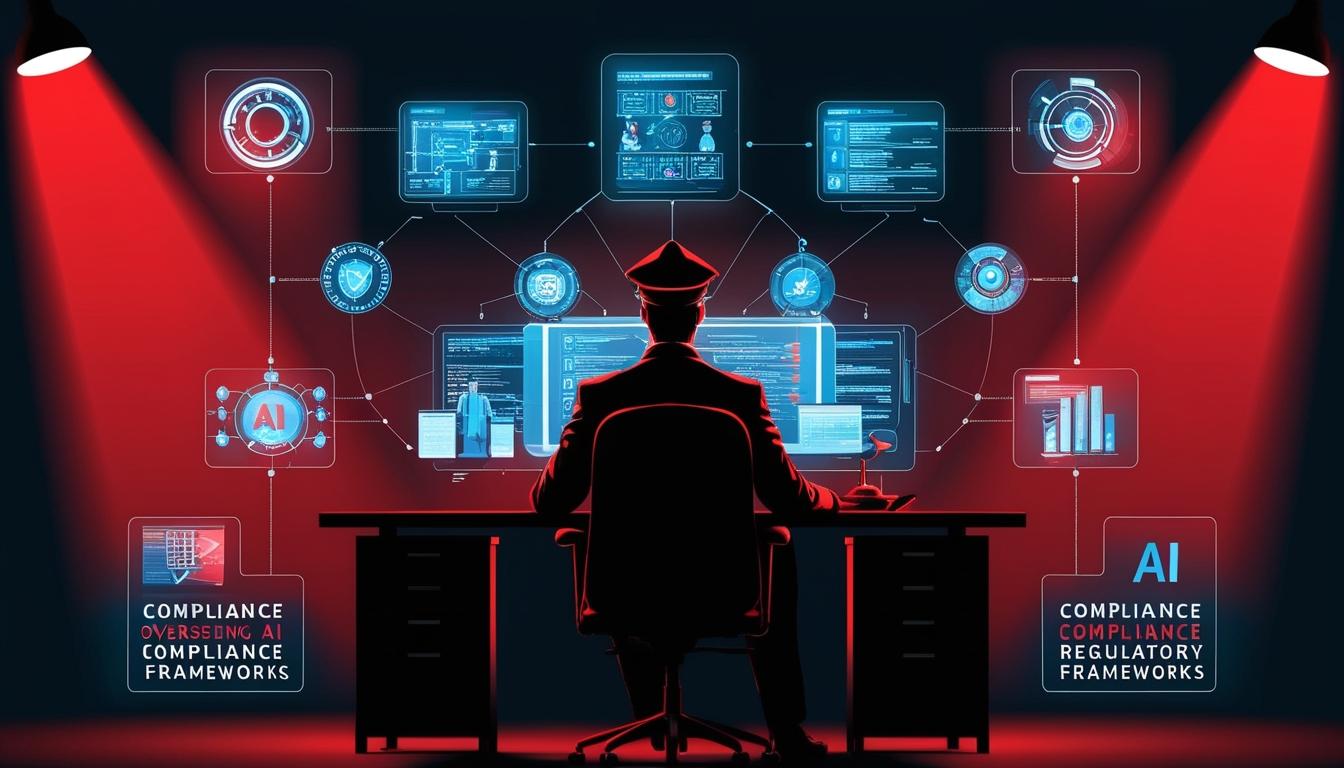In recent discussions centred on the growing significance of artificial intelligence (AI) in business, compliance officers have highlighted AI as a critical challenge poised to impact their roles in the near future. In a conversation with a chief compliance officer, she expressed a clear concern for the year 2025, stating, “Artificial intelligence. Our IT department thinks they control this more than they really do, and I need to guide them toward a cross-enterprise task force.” Her feedback underscores the pressing need for compliance professionals to assert their roles as advisors on risk within their organisations.
Traditionally, compliance officers have faced challenges in establishing themselves as trusted partners in guiding businesses through compliance risks, a problem that is not new but has evolved over time alongside the changing risk landscape, which now includes AI among other concerns. The complexities of tracking a multitude of global regulations that can affect business operations and the challenges of understanding the internal activities that may incur compliance risks pose significant impediments.
One of the more daunting aspects of compliance management is influencing corporate culture and practices to align with compliance goals. As described by the article, these tasks can be multi-faceted, requiring a thoughtful blend of policies, training, and consistent executive messaging. Until compliance officers can effectively navigate these challenges, fully earning their status as trusted advisers remains an uphill battle.
A critical factor emerging in discussions on compliance is the role of automation technology. The piece elaborates on how automation can significantly reduce the time compliance officers spend on routine monitoring tasks such as collecting due diligence forms, managing training, and tracking regulatory updates. Automation allows for a shift from tactical to strategic engagements, enabling compliance officers to focus on essential compliance risks and guide their organisations more effectively.
Taking the concerns of the aforementioned chief compliance officer regarding AI as an example, automation tools, such as regulatory change management systems combined with policy management tools, can help streamline the process of reviewing and aligning corporate policies with relevant laws and regulations. This capability empowers compliance officers to approach their engagements with other business units and senior management from a more informed standpoint, equipping them with crucial data to identify and address potential regulatory violations.
The article emphasizes that improved communication regarding compliance risks is not merely about facilitating better conversations; rather, it is fundamentally about enhancing overall organisational performance in light of these risks. Technology plays an indispensable role in this context, providing insights into employee behaviour and corporate culture over time, which are essential for evaluating the effectiveness of compliance efforts.
Engaging with data driven through automation enhances reporting and accelerates the compliance process, enabling timely and reliable assessments of how effectively a compliance programme is functioning. This enhanced visibility allows compliance officers to engage in better-informed discussions with management about risk awareness, strategically navigating compliance challenges amidst a complex business milieu.
In summary, automation stands at the forefront as a transformative agent in compliance, promising not only to enhance the administrative efficiency of compliance programmes but also to empower compliance officers to fulfil their roles more effectively at a strategic level. The integration of these technologies can pave the way for the development of robust compliance frameworks that support proactive risk management in today's highly regulated business landscape.
Source: Noah Wire Services
